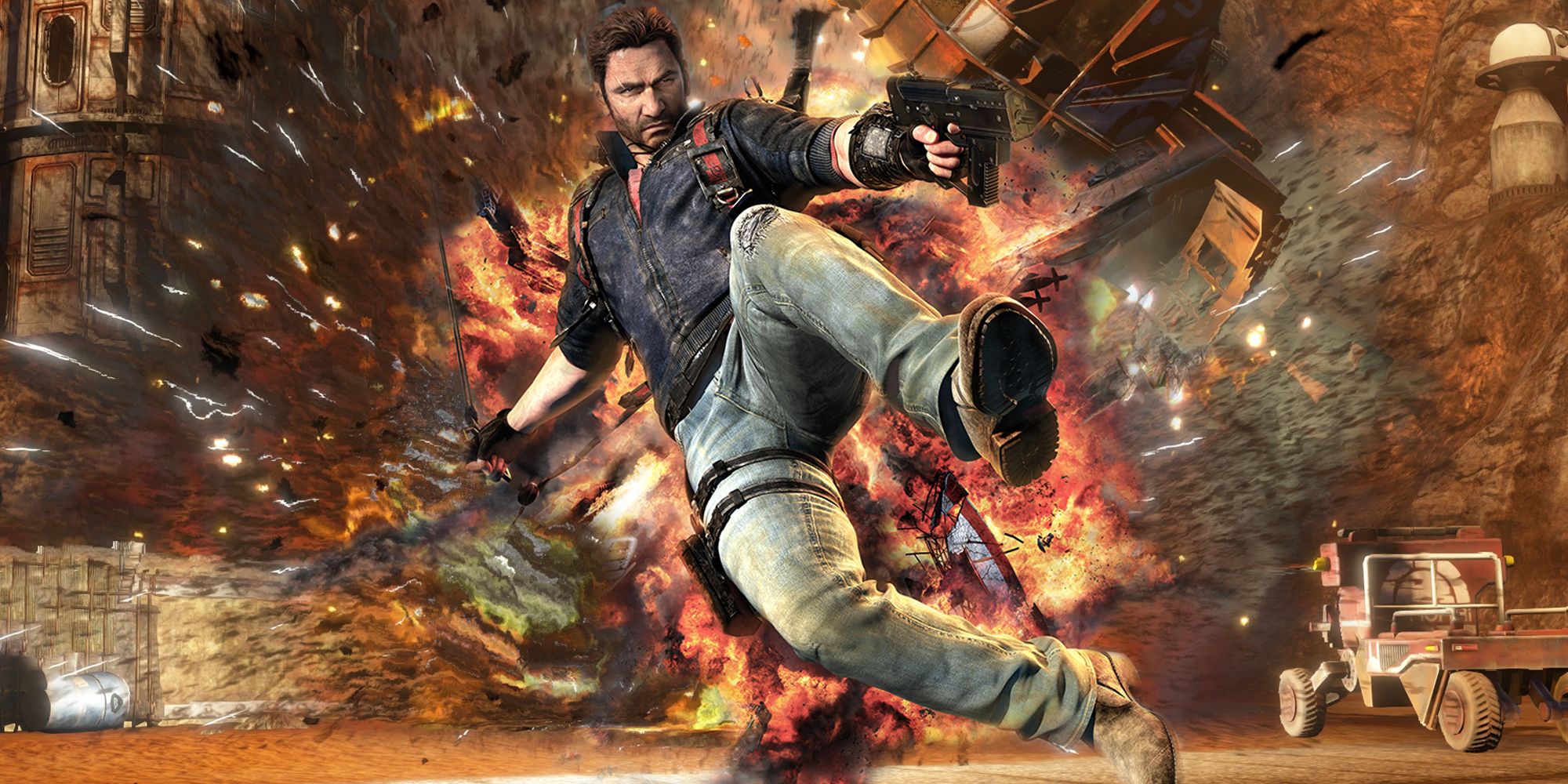Back in the mid-to-late ‘00s and early ‘10s, video games were all about fully destructible environments. You had the heavy-hitters that are still carrying the torch today, Just Cause and Battlefield, but you also had smaller titles like Red Faction Guerilla, Black, Mercenaries, and Fracture - which were focused on shifting the landscape itself rather than destroying buildings. The seventh generation consoles had more power than ever before, and devs were keen to milk every ounce of explosive action out of them that they could. It felt like every game back then was boasting about its dynamically destructible parts, so what changed?Red Faction sets the standard. You play as a freedom fighter trying to wrestle Mars from greedy Earth corporations exploiting the off-world workers. Every single structure you see in the game is fully destructible, and you’re given an arsenal of improvised weapons to destroy them with. Want to dispatch an Earth Defence Force convoy? Drop a tower into the road to block them, or blow up a bridge as they cross. Soldiers hiding out in a building? What building? That’s just a pile of rubble and corpses now. Fellow Cross-Department Editor James Troughton has been playing Black on Game Pass recently, and he was delighted to learn it had destructible environments when he threw a grenade into a doorway to catch a few gunmen off guard, only for it to blow out an entire wall. When he went in to make sure they were really dead, the floor gave out beneath him and he landed on his arse.
Then there was Fracture, a game where the climate crisis has divided the US society both geographically and as humans, with technologically advanced soldiers in the East, and genetically altered superhumans in the West. Rather than destroying buildings, the terrain was yours to play with. You could create hills and troughs, shake the ground, and produce large columns of earth. Enemies hiding in a bunker? Chuck a grenade in there and raise the earth itself, crushing everyone inside against the roof. It also worked for the puzzle gameplay, forcing you to think about how to adapt your surroundings to access upper levels and hidden pathways.
The sort of destruction in these games lent itself brilliantly to dynamic gameplay. Set pieces are all well and good, but they don’t create unique moments or make you feel like you’ve done something. When I restarted Red Faction earlier this month, I thought my explosive barricade would just blow up the EDF vehicles approaching it. I had no idea it would send one truck careening into a nearby gas tank, scattering debris across the area and taking out the survivors of the initial blast. But that’s the kind of gameplay you can’t plan for, you experience it in the aftermath of your chaos.
Beyond the two juggernauts mentioned above, Just Cause and Battlefield, I don’t think I could name a modern mainstream release that’s as much about blowing stuff up as games used to be. I’m sure it’s a consequence of modern game design and the pointless quest for photorealism. The double-A space is shrinking, and games about blowing everything to smithereens are going with it. If every piece of shrapnel needs to have ray-traced reflections, we’re never going to return to the heyday of destructible environments.


